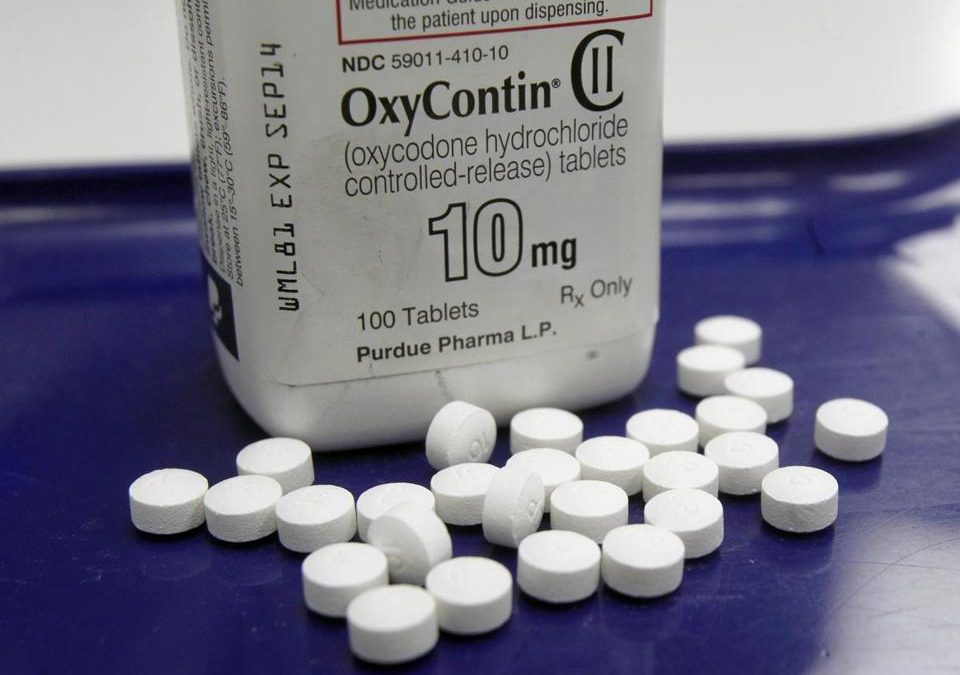More than half of doctors across America are curtailing opioid prescriptions, and nearly 1 in 10 have stopped prescribing the drugs, according to a new nationwide online survey. But even as physicians retreat from opioids, some seem to have misgivings: More than one-third of the respondents said the reduction in prescribing has hurt patients with chronic pain.

